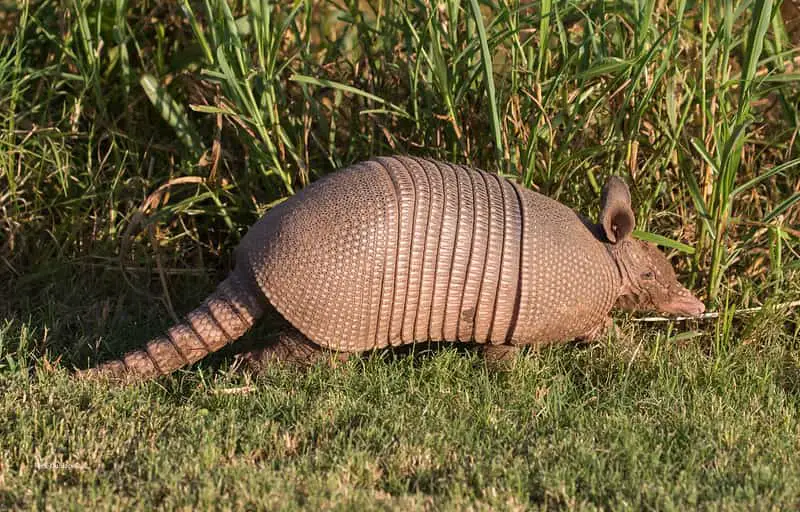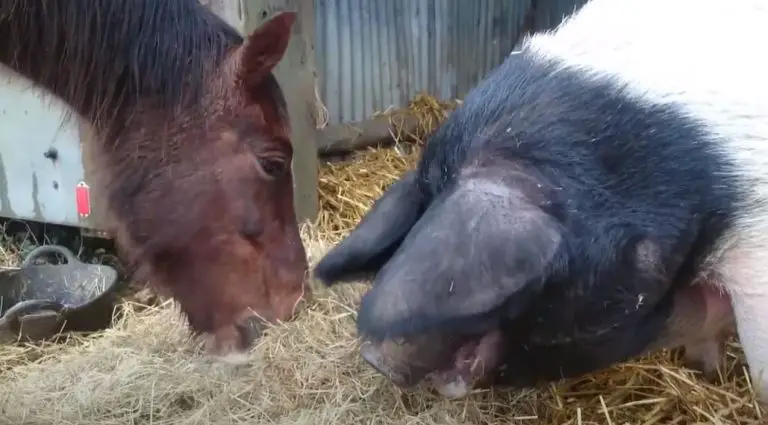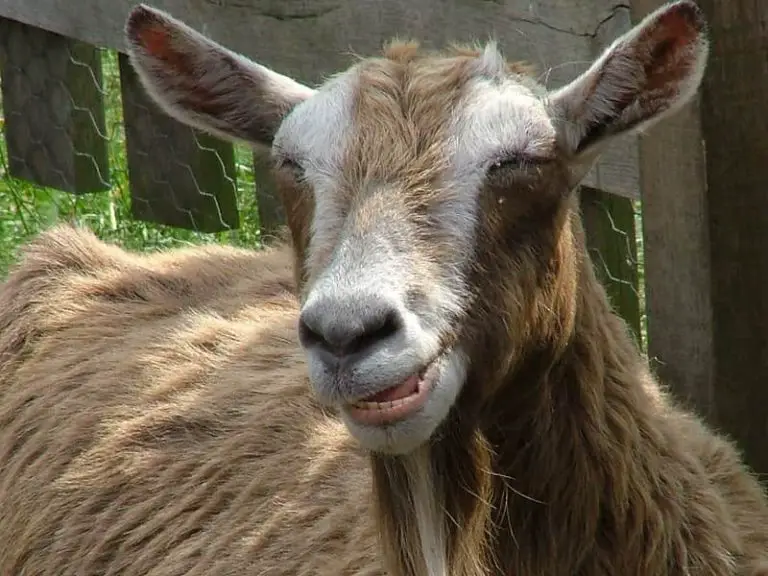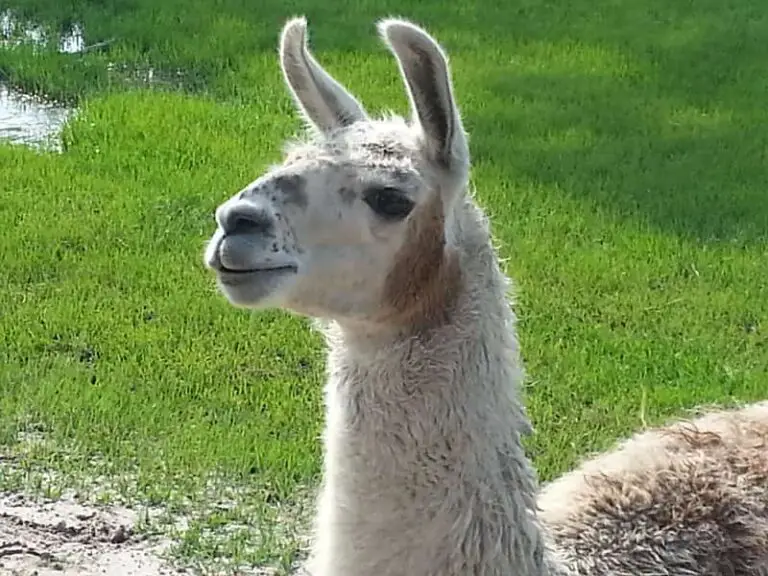Do Armadillos Lay Eggs? Read These Key Facts

Armadillos are prehistoric mammals that have survived to the present day. These animals, which are also called living fossils, have a distinctive armor-like shell that serves as their protection.
If these animals have managed to survive on the planet for millions of years, it is undoubtedly thanks to a good reproductive strategy and an efficient adaptation mechanism in the species.
Some people claim that the Armadillo lays eggs to reproduce.
The armadillo, belong to the Superorder Xenarthra along with sloths and anteaters, all of which are mammals and reproduce by hatching despite the belief that armadillos lay eggs just like turtles.
Armadillos do not lay eggs because they are mammals that give birth to live young. These armadillo babies develop from the same fertilized egg, use the same placenta, and are numbered from one to three. This is true, except in the case of the genus Dasypus.
The Dasypus armadillo produces two to 12 embryos from one egg. The descendants of the Dasypus armadillo are born from identical embryos and share the same sex at each birth.
Armadillos have poor eyesight. They use the senses of hearing and smell to detect both danger and food. Armadillos eat spiders, earthworms, scorpions, and other invertebrates.
However, there are mammals that lay eggs, platypus and echidna, belonging to the monotremata order.
Birth and breeding of the Armadillo
Armadillo offspring from a litter are genetically identical and this is because their conception occurs as a result of the division of the same zygote, so they also share the same sex.
As placental viviparous mammals, armadillo offspring are retained in the maternal uterus during the entire time of gestation, being fed by an allantoic placenta.
Once the gestation is complete, the babies are born and start walking a few hours after they are born. Armadillo babies are born with soft and leathery skin, and after a few weeks, it begins to harden and take on the appearance of adults.
Newborns are breastfed by the mother until they are old enough to switch to an insectivorous diet.
During the time of lactation, they remain hidden inside a series of interconnected burrows, which the mother creates by digging with her legs.
How many offspring does an armadillo have?
The number of offspring that a female armadillo can have varies from species to species. On average a litter has 4 offspring, but there are species such as the nine-banded armadillos that give birth to numerous litters of up to 12 armadillos.
It is for this reason that it is one of the most widespread species with the widest geographical distribution (ranging from the south to the United States). On the other hand, some of the genera may be able to have only one offspring in each birth, such is the case of the Chaco cabasu and the large cabasu.
Do armadillos always have 4 babies?
Many mammals, including dogs and cats, give birth to several offspring at a time.
So it’s no wonder that Dasypus armadillo gives birth to four cubs each time, but what’s so special about Dasypus?
The armadillo has a very special breeding system that allows it to have 4 offspring at the same time
It is called “multi-embryonic reproduction” to give birth to more than identical twins with a high probability, but in mammals, only the Dasypus armadillo is applicable.
Difference between Armadillo reproduction in captivity
Armadillo males have a pair of testicles located inside the abdominal cavity. Her uterus is simple and her ovaries are located in the pelvis, associated with gonadal adrenal tissue.
The morphology of the ovaries of the females kept in captivity is different from that of the wild ones, due to an altered trophic stimulus, and perhaps this is the reason why the armadillo D. novecienctus practically does not reproduce in captivity, even when kept in the best possible conditions.
Are armadillos day or night animals?
Armadillos live in almost all areas: plains, hills, deserts, and rainforests. Only they are not located in swamps or very cold areas.
They quickly dig their own burrows which are tortuous and have several exits. They are nocturnal animals although more frequently they are crepuscular and only in the mating season they are usually seen in pairs.
Occasionally they may share their burrow with other small mammals that offer no competition or danger to them.
Asexual reproduction in the nine-band armadillo
Asexual reproduction is not known in higher animals (exception: polyembryony in armadillos), but genetically identical organisms can also be created artificially by cloning in mammals. Asexual reproduction is not to be confused with unisexual reproduction.
The armadillo carries genetically identical offspring that come from a single fertilized egg. This phenomenon is known as polyembryony, which also gives rise to human identical twins.
this phenomenon is exclusive to armadillos. It has been established that once the egg has been fertilized, the first divisions are carried out in the free state and only after 14 to 16 weeks is its implantation carried out.
From the bottom of the embryonic vesicle, two first yolks are formed, each of which is subdivided into two and thus the four primordiums of embryos remain.
Later, each fetus has its own amniotic sac and a single attachment to the placenta so that there is no circulatory connection between the four products.
The placenta, just as in man, is hemocorial . The delivery takes place five months after the implantation of the embryo.
Newborn armadillos are in an advanced stage of development, despite being very small and weighing between 50 and 150 g. They are born with their eyes wide open and their shells already well-formed and hardening with age.
Although the four products are monozygotes, this does not mean that they are totally identical and morphological and physiological differences have been found between them.
The pups are breastfed during the first weeks by means of four breasts, two thoracic and two abdominal.
The young remain in the nest from four to six weeks and then they start to come out little by little, accompanying their mother in search of food. Finally, the armadillos leave the nest at four months of age.







